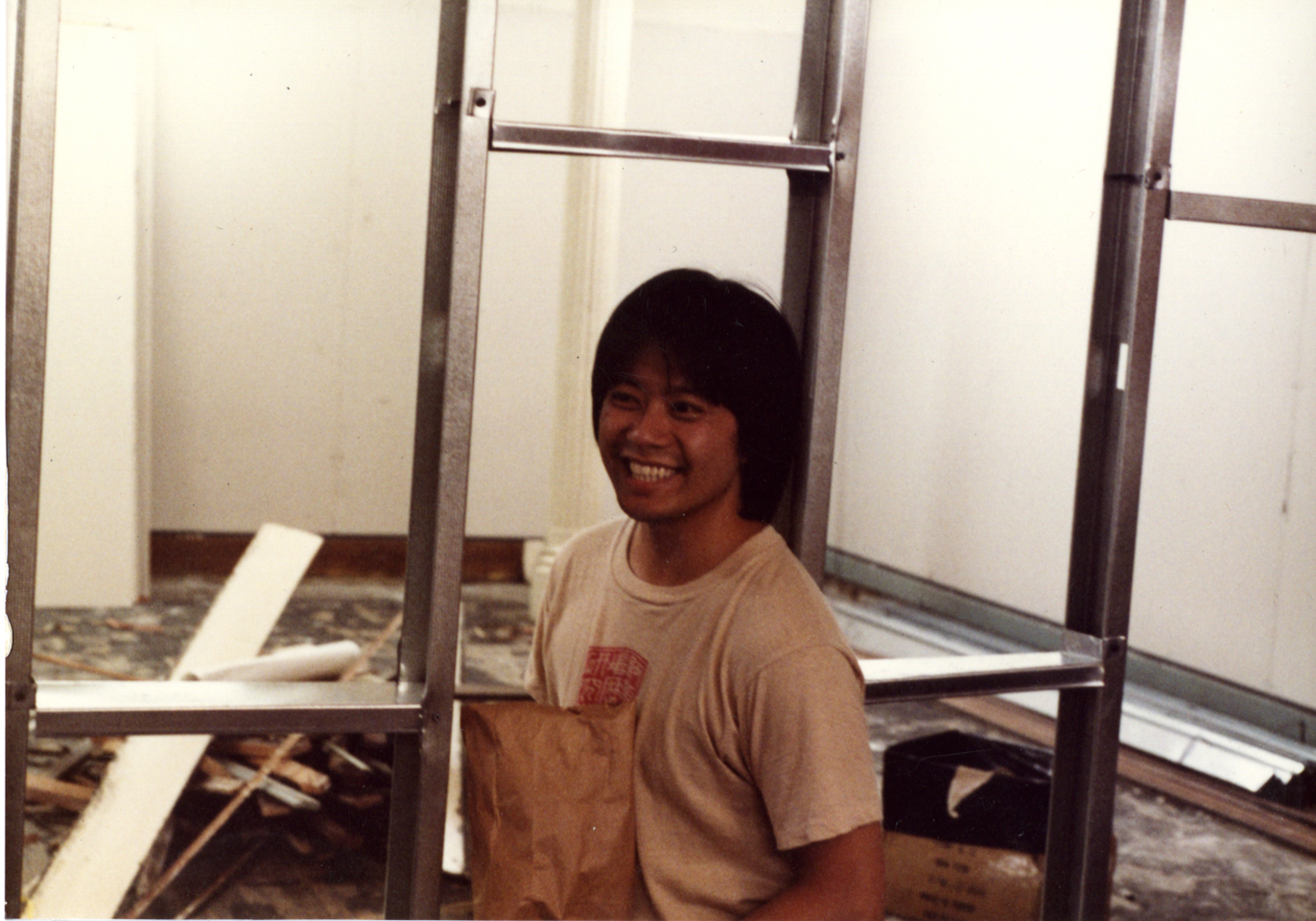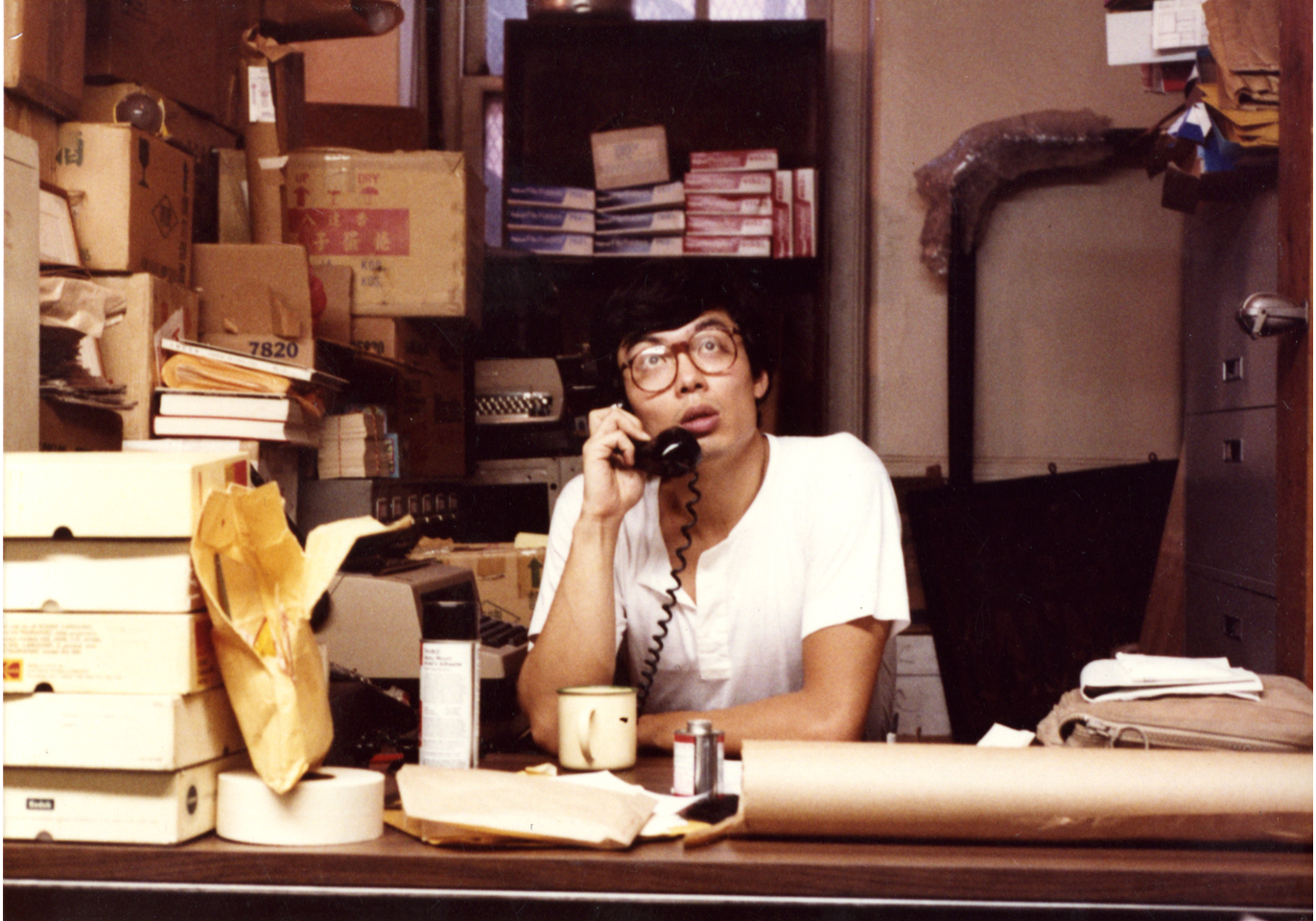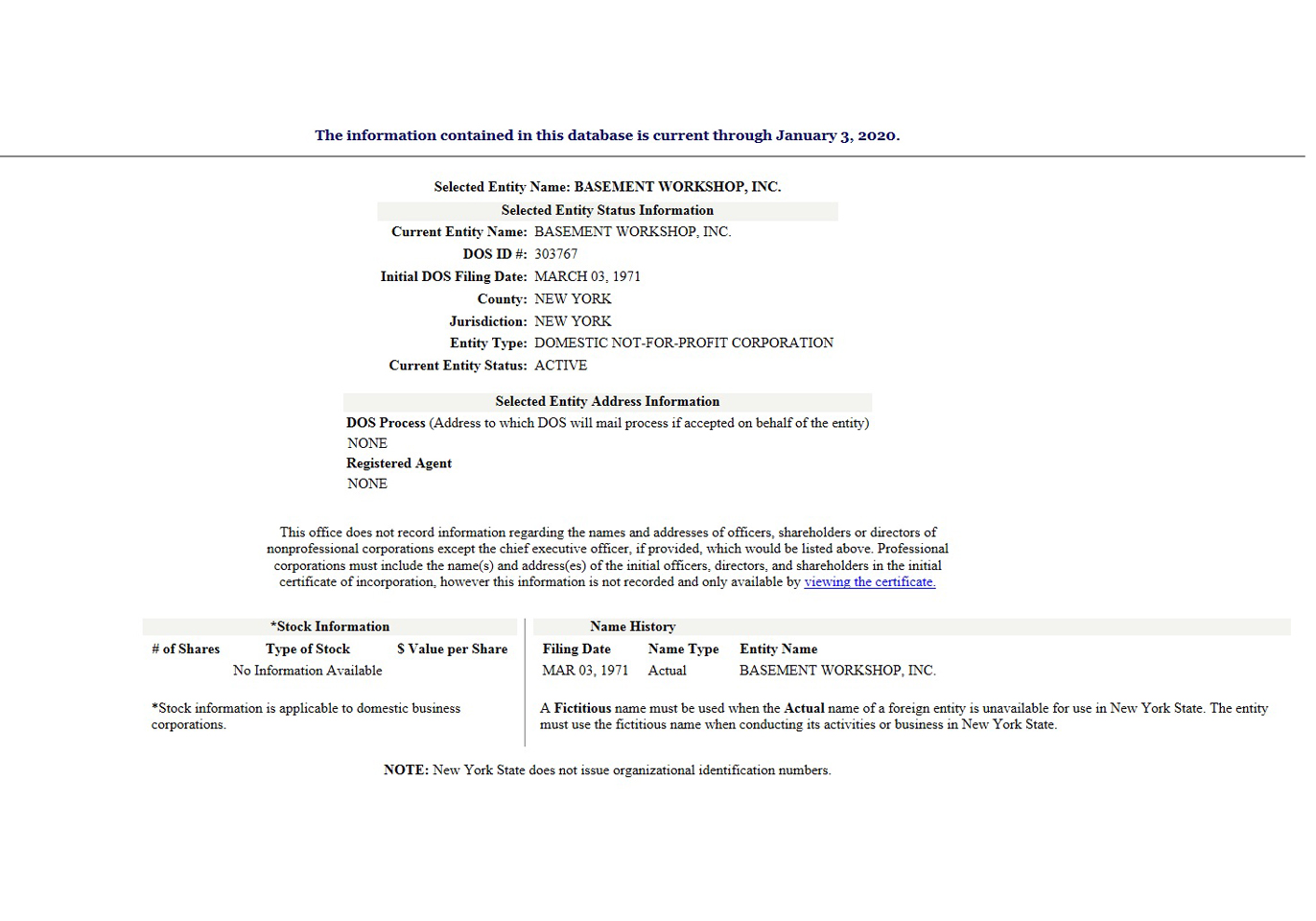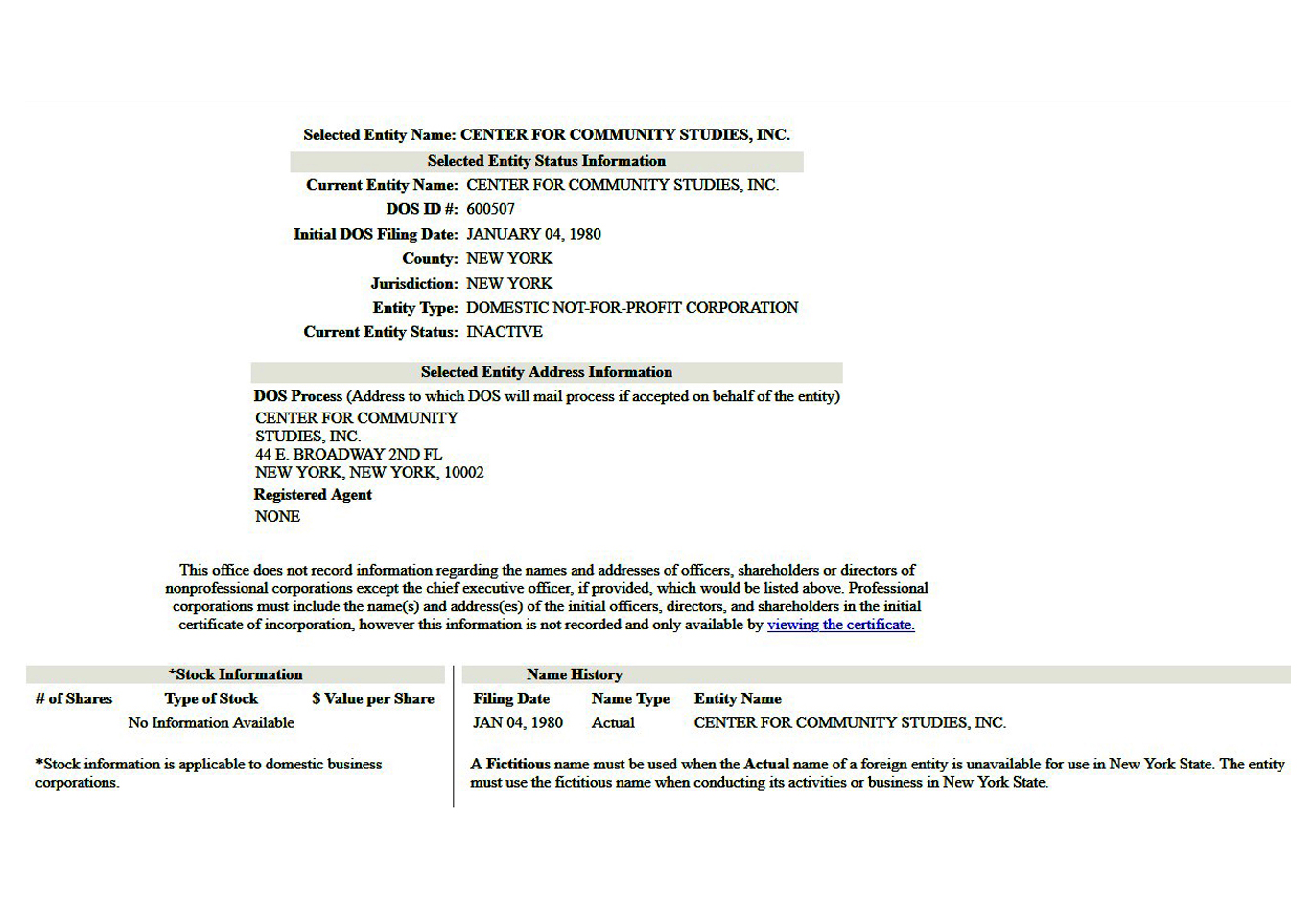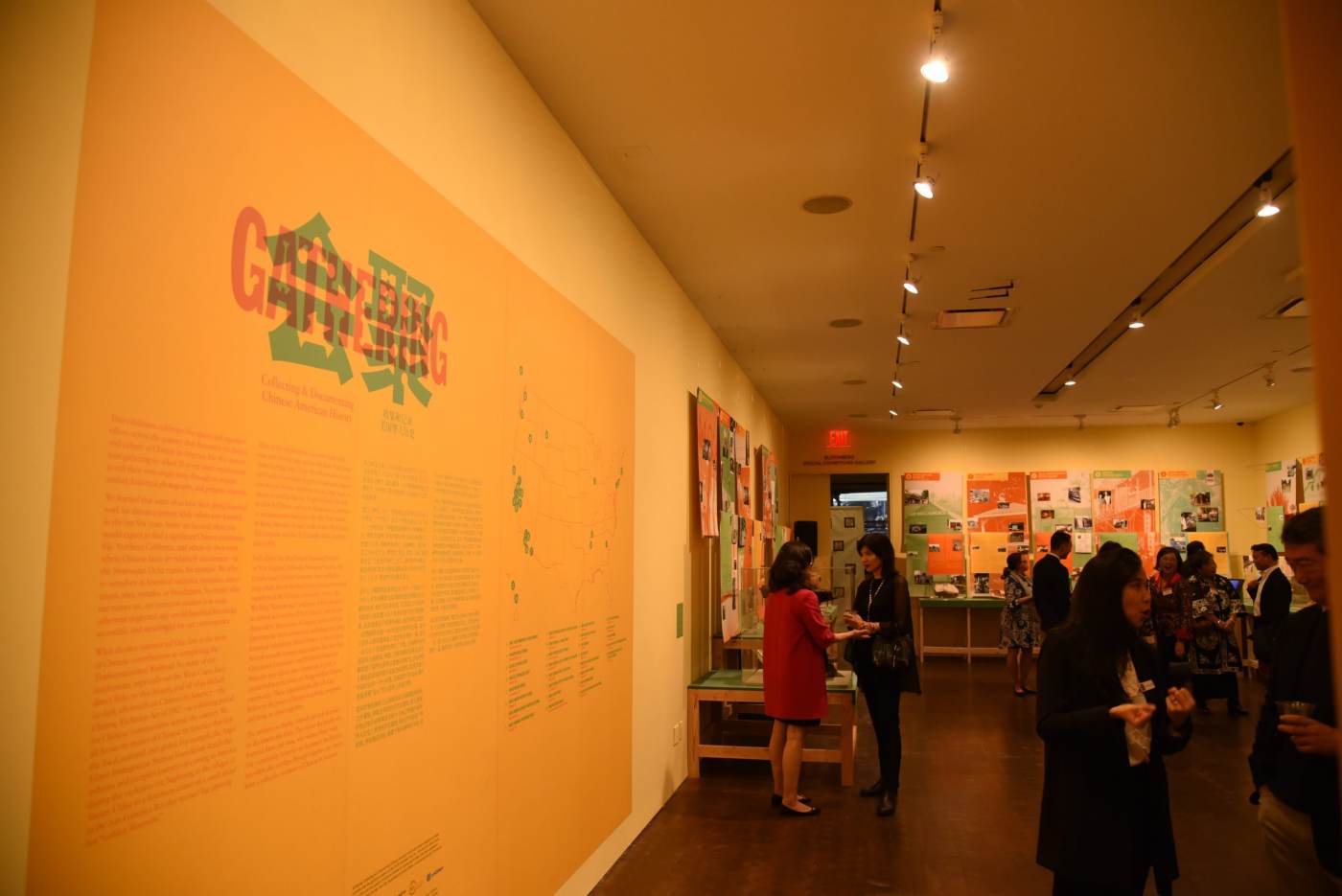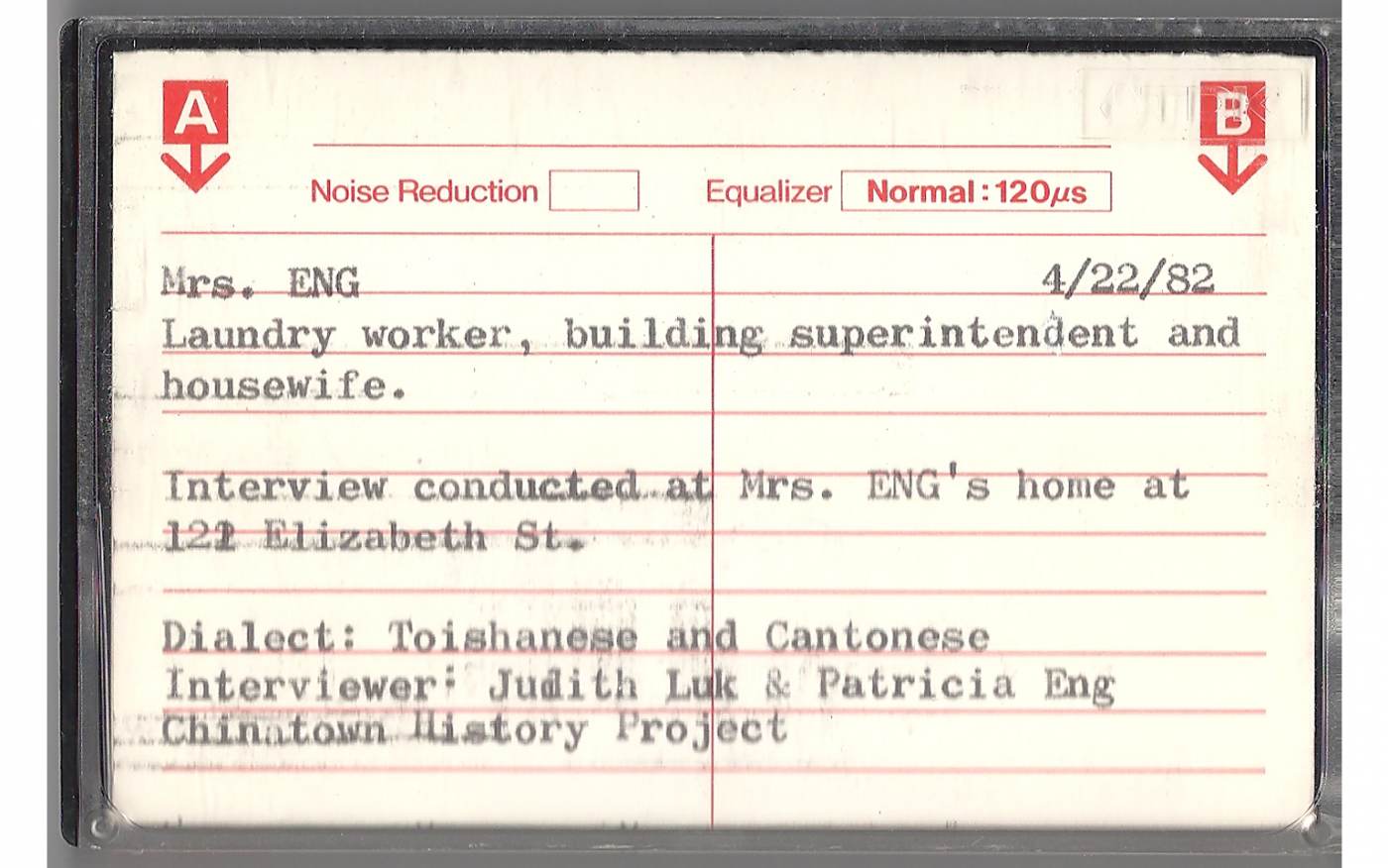In 1976, Jack Tchen and Charlie Lai met at Basement Workshop, an Asian American political and arts organization located in Manhattan’s Chinatown. The organization was a space that allowed fellow artists and activists to meet and exchange ideas. Tchen and Lai noticed that Chinatown was going through a transformative period and wanted to preserve the history of the neighborhood before it disappeared. This prompted the two to establish the Center for Community Studies (colloquially known as the New York Chinatown History Project) in 1980. The center would grow and evolve into the MOCA you know today.
Collections馆藏Collections馆藏Collections馆藏Collections馆藏Collections馆藏Collections馆藏Collections馆藏Collections馆藏Collections馆藏Collections馆藏Collections馆藏Collections馆藏Collections馆藏Collections馆藏Collections馆藏Collections馆藏Collections馆藏Collections馆藏Collections馆藏Collections馆藏Collections馆藏Collections馆藏Collections馆藏Collections馆藏Collections馆藏Collections馆藏Collections馆藏Collections馆藏Collections馆藏Collections馆藏Collections馆藏Collections馆藏Collections馆藏Collections馆藏Collections馆藏Collections馆藏Collections馆藏Collections馆藏Collections馆藏Collections馆藏Collections馆藏Collections馆藏Collections馆藏Collections馆藏Collections馆藏Collections馆藏Collections馆藏Collections馆藏Collections馆藏Collections馆藏Collections馆藏Collections馆藏Collections馆藏Collections馆藏Collections馆藏Collections馆藏Collections馆藏Collections馆藏Collections馆藏Collections馆藏Collections馆藏Collections馆藏Collections馆藏Collections馆藏
MOCA Co-Founders, 1980
